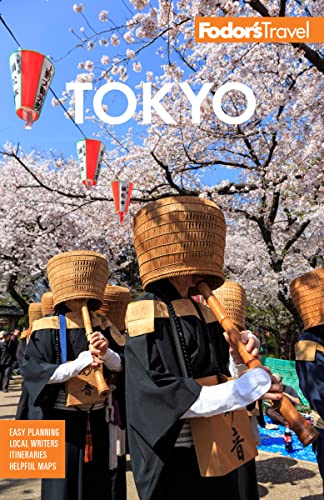What to Drink in Tokyo
Whether you're out with friends, with clients, or belting out a tune at the local karaoke bar, there are likely to be multiple drinking opportunities during your stay. Things may look a little different, even before you start knocking back a few, so take note of the liquors of this island nation. And remember, shout Kanpai! (sounds like "kaan-pie") instead of Cheers! when you raise your glass.
Sake
Sake, pronounced sakay, but normally called nihonshu in Japanese, is Japan's number-one alcoholic beverage. There are more than 2,000 different brands of sake produced throughout Japan. Like other kinds of wine, sake comes in sweet (amakuchi) and dry (karakuchi) varieties; these are graded using a complex system of designations based on how much the rice has been polished down before brewing and whether additional brewer's alcohol has been blended in postbrew. Junmai Daiginjo-shu is the highest grade, with no extra alcohol added and a rice milling rate of 50% or more (so only the purest, inner part of each rice grain is used), but almost all grades of sake are good and come with varying characteristics.
Best drunk at room temperature (nurukan) or slightly chilled so as not to alter the flavor, sake is also served heated (atsukan) in winter, though they can ruin a good brew. It's usually poured from tokkuri (small ceramic vessels) into tiny cups called choko. The diminutive size of these cups shouldn't mislead you into thinking you can't drink too much. The custom of making sure that your companion's cup never runs dry often leads the novice astray.
Apart from the nomiya (bars) and restaurants, the place to sample sake is the izakaya, a drinking establishment that usually serves dozens of different kinds of sake, including a selection of jizake, the kind produced in limited quantities by small regional breweries throughout the country.
Heavenly Spirits
Shochu is made from a variety of base ingredients such as buckwheat, sweet potatoes, or rice, and is particularly associated with the southern island of Kyushu. It's served either on the rocks or mixed with water and can be hot or cold. Sometimes a wedge of lemon or a small pickled apricot, known as umeboshi, is added as well. It can also be mixed with club soda and served cold as a popular drink called chuhai.
Havin’ a Biiru
Japan has four large breweries: Asahi, Kirin, Sapporo, and Suntory. Asahi and Kirin are the two heavyweights, constantly battling for the coveted title of "Japan's No. 1 Brewery," but many beer fans rate Suntory's Malts brand and Sapporo's Yebisu brand as the tastiest brews in the land. In recent years, Belgian beers have grown in popularity and are available in specialty shops and even supermarkets; the products of Japanese microbreweries have also become easier to find. Most recently, domestic craft beerkurafuto bi-ru has become very popular, and it’s appearing on tap at restaurants, bars and craft beer pubs around the city. Good Japanese craft brewers to look out for include Shiga Kogen, Minoh and Baird.




